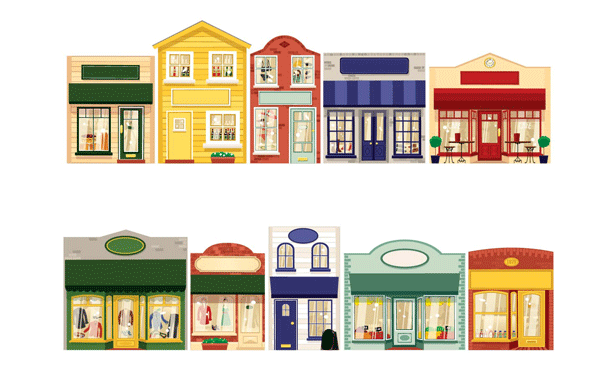Early in the pandemic, the future seemed clear. People would increasingly buy online because stores were closed and unsafe. Plus, it was oh, so convenient for consumers, and think of the money the retailers would save by centralizing major distribution centers, setting up last-mile warehouses at in-fill urban and exurban locations, and pushing for same-day or next-day delivery. Everything—white goods, clothing, consumer electronics, even basic groceries—would be on trucks and step-vans crisscrossing metro areas, bringing people what they wanted.
But then, lockdowns ended, vaccines increased, and even though Covid remained the third largest cause of death in the country, hundreds of millions decided that being social animals really was a basic characteristic. Retailers, too, learned some important lessons, one being that having brick-and-mortar presence throughout the country had a lot of benefits.
Recommended For You
Want to continue reading?
Become a Free ALM Digital Reader.
Once you are an ALM Digital Member, you’ll receive:
- Breaking commercial real estate news and analysis, on-site and via our newsletters and custom alerts
- Educational webcasts, white papers, and ebooks from industry thought leaders
- Critical coverage of the property casualty insurance and financial advisory markets on our other ALM sites, PropertyCasualty360 and ThinkAdvisor
Already have an account? Sign In Now
*May exclude premium content© 2025 ALM Global, LLC, All Rights Reserved. Request academic re-use from www.copyright.com. All other uses, submit a request to [email protected]. For more information visit Asset & Logo Licensing.









